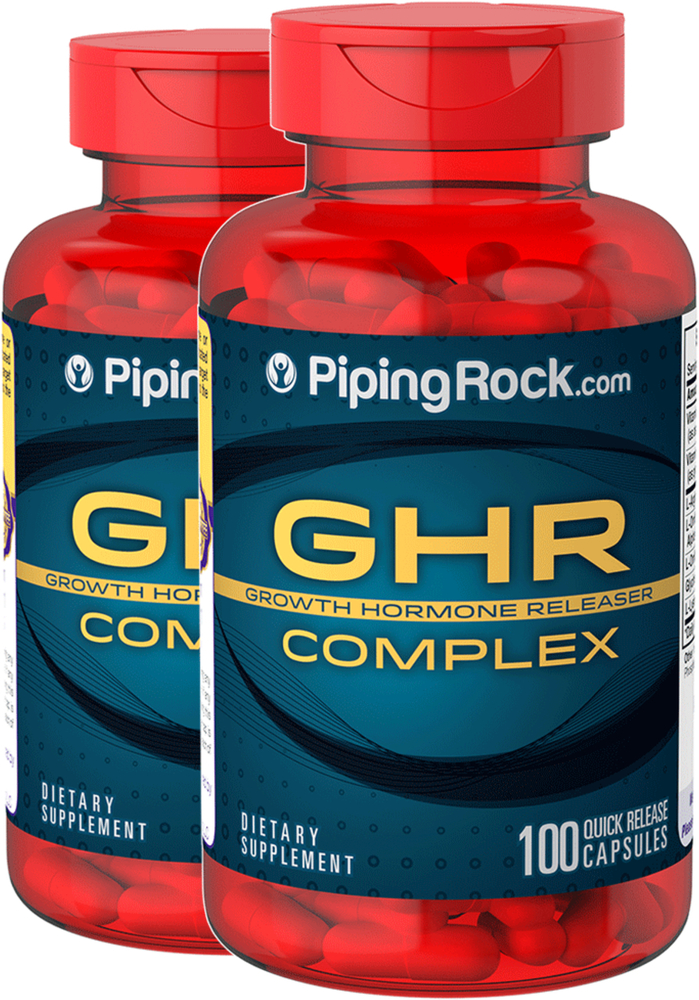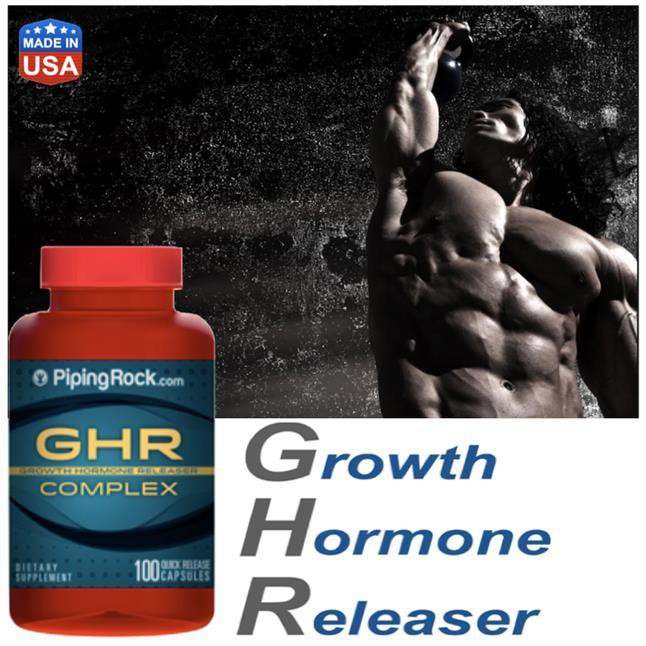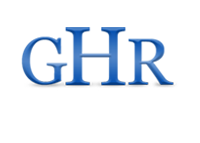
Glute-Ham Raise (GHR) is a popular exercise for strength athletes for the muscles of the back of the thighs / biceps femoris, semimembranosus and semitendinosus, and the buttocks. being mainly focused on the muscles of the hind thighs.
Exercise contributes to the strength building of the thighs, as well as to strengthening the ligaments of the knee and hip joints.
Although the exercise at first glance resembles an isolating movement for the hind thighs, it is actually a kinetic chain of a closed type (which includes multi-joint movements). It simultaneously performs knee flexion and pelvic extension, and involves the gluteal muscles, lower back and calves.
GHR is difficult to perform – it requires strength and balance, but it can be scaled according to the level of the athlete.
Contraindications
Do not resort to movement if you are a complete beginner in strength training, if you have not trained for a long time or if your back thighs are not strong enough (due to imbalance, non-training or recovery period from injury).
If you have problems with your knees, knee ligaments, hips or spine, discuss its implementation with a physiotherapist / orthopedist.
Do not move if you cannot maintain good technique or if you feel tension in your knees, pelvis and spine (lumbar and cervical vertebrae).
The exercise is difficult and requires regular practice if you want to progress.
Take your time and start from the easiest level.
Do not underestimate it and do not compromise on technology.
Participating muscles
Dynamists
- Muscles of the hind thigh / Semimembranosus, Semitendinosus, Biceps femoris (long head, short head) /
Synergists
- Large gluteus maximus (Gluteus Maximus)
- Large thigh adjuster, from the group of adductors (Adductor Magnus)
- Prostate muscle (Gastrocnemius)
- Gentle muscle, from the group of adductors (Gracilis)
- Sewing muscle (Sartorius)
- Knee flexors (Popliteus)
Extras and dynamic stabilizers
- Long spinal muscle (Erector Spinae)
Opposite (antagonistic) stabilizers
- Rectus Abdominis
- Obliques
- Tibialis Anterior
According to the equipment
- Specialized device (GHR bench) – it is similar to devices for hyperextension. It consists of three main parts: a knee pad, a place where the ankles are locked and a footrest (platform). The device is designed to adapt to individual characteristics (length of the tibia, length of the femur, volume of the thighs), which is of great importance for comfort and performance. By adjusting the location of the pads relative to each other, the difficulty of the GHR can be scaled. Unfortunately, however, this device is still not widespread enough in gyms in our country, although in recent years there has been a positive development in this regard.
- On a vertical pulley – this is an option where you can compensate for the lack of a special device using the pulley seat (on which you will position your knees and calves) and the pad that locks the knees (which in this case will lock your ankles). It is important to check that the seat and pad construction are stable enough to make sure there is no risk of injury.
- On a Roman chair – again an option that is applicable if you do not have a GHR bench or if the pulley bench is not comfortable to perform Glute-Ham Raises. The recommendation is the same here: check for the stability of the device and whether your ankles are well locked and your knees have a stable support.
- There are other options: on a Swedish wall, with the help of a training partner to hold your ankles, etc.
 According to the phases of movement
According to the phases of movement
- Negative and positive – full performance of the exercise by lowering the body (negative, eccentric phase) and raising to the starting position (positive, concentric phase). It is good for the negative phase to be slow and controlled.
- Only the negative phase – it is good to have arm support, from which to push away to miss the positive phase. Special devices for GHR have such handles, and when performing a vertical pulley you can put another bench in front of you. The idea is to lower your body until your torso is parallel to the floor, then use your arm support to lift yourself up. The repetitions in a series can be very different, depending on your level of experience and strength. My recommendation is to emphasize very slow execution – nothing that this will affect a smaller number of repetitions.
- Isometric restraint – lower the body until the torso is parallel to the floor and hold in this position. You should not spoil the technique (waist, back and neck in a neutral position; buttocks and abdominal muscles – stabilize). It can be performed as a completion after the end of the training series at GHR. 30-60 seconds are enough. It is possible to stay in other points of the movement, but this should not spoil the good posture of the body (knees, pelvis and shoulders in one line).
According to the resistance
- With its own weight – a standard option. The arms can be behind the neck (a more difficult option) or behind the waist (easier to perform). The farther the arms are from the knees (crossed over the head or stretched over the head), the more difficult the movement becomes. It is also possible to hold them in front, in front of the chest (crossed or parallel).
- With added weight – an option for advanced athletes. The weight can be in the form of a barbell (on the back), a disc or a push-up that can be held in front of the chest, a vest with weights. If you want even more weight, stretch your arms with the weight forward when lowering your body (performing with a medicine ball, for example).
- With an elastic band – this is an option for beginners. The rubber band must have a continuous end. On one side, it grips the part of the appliance that holds the ankles. The other part of the elastic should pass through the upper chest muscles and under the arms. The rubber band facilitates the positive phase of GHR (helps you lift).
- Adjust your knees directly behind the pad or slightly below it (so that the pad presses over the cap but the latter is not pressed);
- The steps should make good contact with the platform. If you are on a pulley, the feet should be in the counter spitz and the ankles should be well locked;
- The starting position is with a torso perpendicular to the floor. Tighten the gluteal muscles;
- Start lowering your body forward and down slowly and in a controlled manner. You will feel stretching in the hind thighs, tension in the gluteal muscles and calves. The abdomen should be tight as a stabilizer. The end point of the full descent is when the torso becomes parallel to the floor. The posture of the body is the same all the time – knees, pelvis and shoulders in a straight line, neutral spine;
- Return to the starting position – the feet press the platform, the back thighs and buttocks muscles are shortened and pull the body up. You should not feel tension in your lower back. Lifting the body should be done from the hind thighs and buttocks.
The exercise has applicability not only in bodybuilding training, but also in the training of strength athletes as an auxiliary exercise.
Most people, when training their hind thighs, choose exercises such as hip flexion from a supine position or from a sitting position. More suitable for hypertrophy and strength (if there are no contraindications for their performance by a particular person) are movements such as Romanian traction and GHR.
GHR can also be used for:
- Improving the strength of the hind thighs;
- Strengthening of ligaments and tendons;
- Auxiliary movement for sprinters and jumpers;
- Auxiliary movement in powerlifters and powerlifters in general.
The disadvantage is that it is difficult to perform even with more advanced athletes, and also that not every gym has good conditions for performing it.

Recommendations
Preparation
Always adjust the device on which you will perform GHR well. Some people experience pain in the knee area when they are in contact with the support. This can be expressed both in pain in the front (at the cap) due to the pressure in the support and in the back (in the fold) during the movement itself. If such pain is present, do not do the exercise until you find a variant in which you are comfortable.
Progression
I will share a few basic steps for exemplary progression in this movement, based on my personal experience. For the purposes of the advice, I use the definitions of beginner, intermediate and advanced, but it is important to clarify that this classification does not refer to general training experience, but to GHR experience.
There are cases of more advanced athletes who do not have enough strength to perform Glute-Ham Raises properly.
Beginners
- You are not ready to move if you cannot maintain a straight body line (knees-pelvis-neck) when descending;
- Start by performing only the negative part of the GHR in each workout and each repetition. The arms are behind the waist or in front of the chest;
- Adjust the playback level if you are not able to play down at the beginning. Over time, increase the amplitude until you reach the full range of motion in the negative phase.
Intermediate
- You are ready for the next level when you have mastered a complete negative descent and you can perform several negative repetitions in a series;
- Start learning the positive part of the movement, using an elastic band or with the help of your hands (pushing off the handles of the device / support bench);
- You can use rubber bands with different resistance and in parallel with the progress of training, choose an elastic band with less resistance.
Advanced
- You go into this category when you can now perform both phases of the movement on your own, which, depending on the individual characteristics of the trainer, can take a longer period of time;
- Start your series with the maximum number of full GHR repetitions, maintaining good technique;
- If you managed to do 1 series with 4 full repetitions, but you feel that you can’t do more, and you want to do 2 more series, then continue only with negative repetitions;
- Before switching to an extra weight load (which can take up to several months), increase the difficulty of performing by stretching your arms above your head in an upper position and not changing their position at all times;
- When you easily overcome this option, performing at least 8 repetitions in a series, you can consider adding weight – a disc in front of the chest, a medicine ball in outstretched arms or a barbell on the back. In the beginning, you can only practice the negative phase with added weight. Stop or reduce the weight if you break the ankle-pelvis-shoulders line. This way of performing is for really advanced strength athletes with strong hind thighs, buttocks and erectors.
GHR progression by Jordan Syatt
Jordan Syatt is a power trainer and powerlifting athlete. In this article he shows 6 progressions in the Glute-Ham Raise movement.
- Progression # 1 – only negative phase of execution;
- Progression # 2 – the two phases of movement, assisted by a tube or a lighter lever (this option can be replaced by an elastic band);
- Progression # 3 – GHR + pelvic extension;
- Progression # 4 – GHR (both phases of movement, alone);
- Progression # 5 – GHR + pelvic extension with retention;
- Progression # 6 – GHR with arms outstretched above the head.

